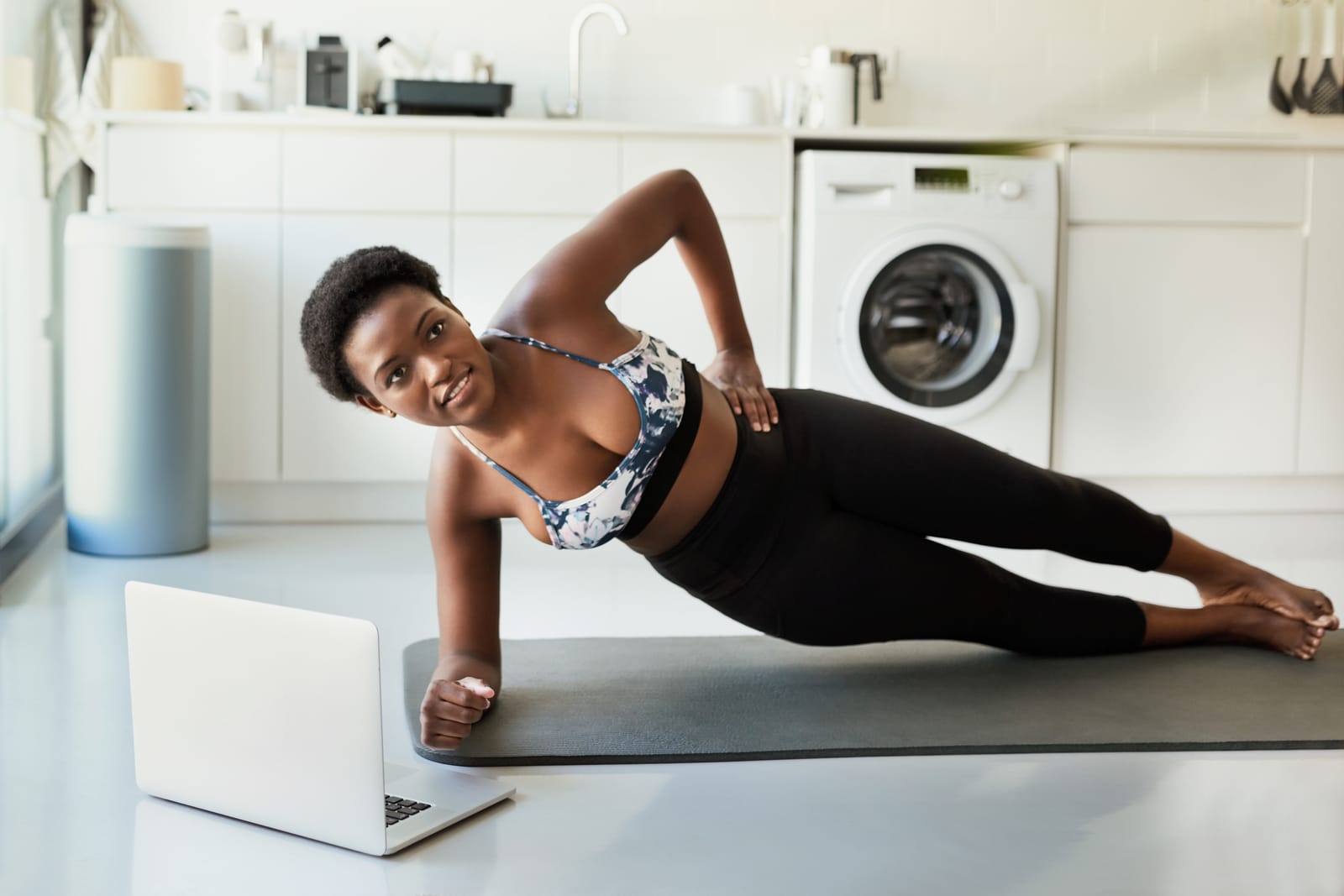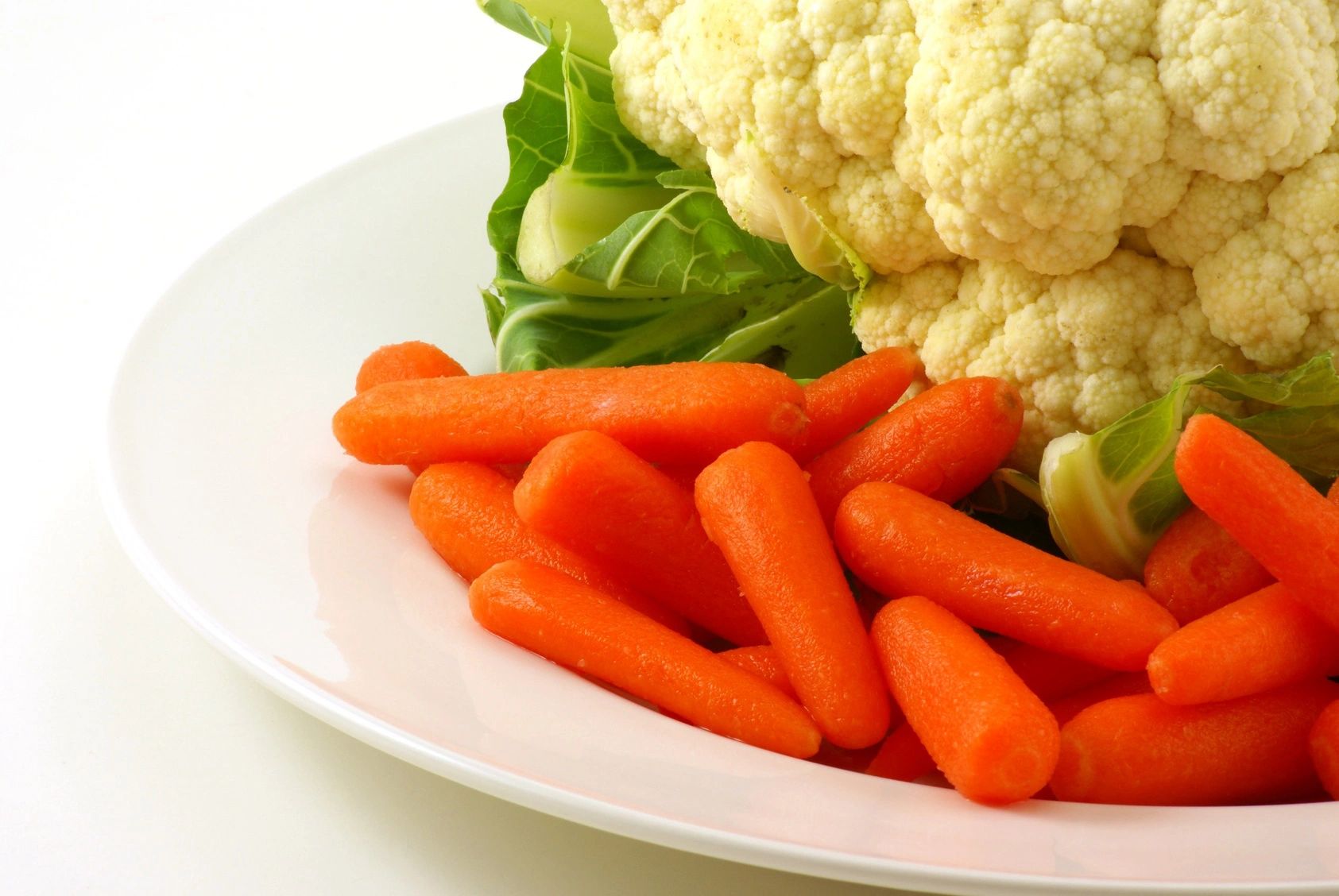Boosting Immunity: Your Winter Wellness Shield
As the crisp November air settles in, our bodies need an extra layer of protection against the seasonal challenges that lie ahead. Just as we bundle up in cozy sweaters and scarves, it’s time to fortify our immune system from the inside out. Let’s explore how to build a robust defense that will carry us through the winter months with vitality and resilience.
Nourishing Your Body’s Defenders
The foundation of a strong immune system begins with what’s on your plate. Focusing on nutrient-dense foods can provide your body with the essential building blocks it needs to ward off invaders.
Vitamin C: Your Immune System’s Best Friend
Citrus fruits may be the poster children for vitamin C, but there’s a whole rainbow of options to choose from. Bell peppers, strawberries, and broccoli are all excellent sources of this immune-boosting powerhouse. Aim to include a variety of vitamin C-rich foods in your daily diet to support your body’s natural defenses.
The Sunshine Vitamin
As daylight hours dwindle, many of us become deficient in vitamin D. This crucial nutrient plays a vital role in immune function. While sunlight is the best source, you can also find vitamin D in fatty fish, eggs, and fortified foods. Consider talking to your healthcare provider about supplementation if you’re concerned about your levels.
Zinc: The Immune System’s Gatekeeper
Oysters reign supreme when it comes to zinc content, but don’t worry if you’re not a fan of seafood. You can also find this essential mineral in beef, pumpkin seeds, and lentils. Zinc helps your immune cells function at their best, making it a key player in your winter wellness strategy.
Hydration: The Unsung Hero of Immunity
While we often associate hydration with summer, it’s equally important during the colder months. Proper hydration is crucial for maintaining the health of your mucous membranes, which act as a first line of defense against pathogens. Aim for at least 9 cups of fluids daily for women and 13 cups for men, adjusting based on your activity level and individual needs.
Moving for Immunity
Regular exercise isn’t just good for your waistline; it’s a powerful immune booster. Moderate-intensity exercise for about 30-45 minutes a day can increase the circulation of immune cells, making your body more efficient at detecting and combating potential threats. Whether it’s a brisk walk, a yoga session, or a dance class, find an activity you enjoy and make it a consistent part of your routine.
The Power of Restorative Sleep
Never underestimate the importance of a good night’s rest. During sleep, your body produces and releases cytokines, proteins that target infection and inflammation. Aim for 7-9 hours of quality sleep each night to give your immune system the downtime it needs to function optimally.
Managing Stress for a Stronger Shield
Chronic stress can weaken your immune defenses, making you more susceptible to illness. Incorporate stress-management techniques into your daily life, such as meditation, deep breathing exercises, or journaling. These practices can help keep your stress levels in check and your immune system in fighting form.
By weaving these strategies into the fabric of your daily life, you’re not just preparing for winter; you’re building a foundation for year-round health. Remember, consistency is key. Small, sustainable changes can lead to significant improvements in your body’s ability to fend off seasonal threats. As you embrace these immune-boosting habits, you’ll be well-equipped to face the winter months with confidence and vitality, ready to enjoy all the joys the season has to offer.










